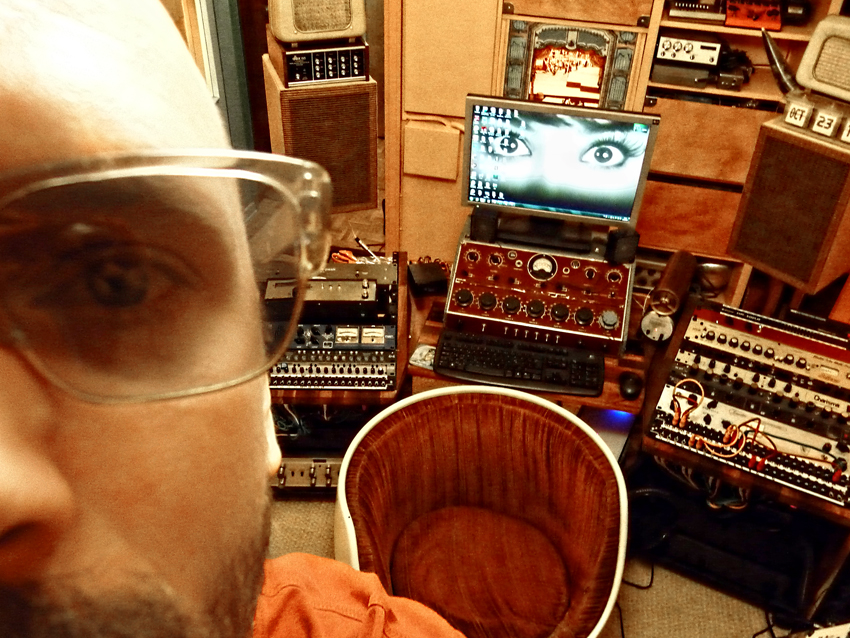
James Spectrum
Eclectic Finnish pop outfit Pepe Deluxé describe their fourth album Queen Of The Wave as “an esoteric pop opera in three parts.”
As the band prepare to release a deluxe edition of the record, mainman Jari Salo (aka James Spectrum) gives us a personal tour of the gear, locations, clergymen, caves and power plants behind the album’s creation.
For more on Pepe Deluxé, or to pick up a copy of the album, visit the band’s official site.
“My name is Jari Salo aka James Spectrum, and me and my colleague Paul Mamström are the captains of a sonic ship called Pepe Deluxé. Somewhat similar to starship Enterprise, we explore strange worlds, seek out ancient civilizations and boldly go where no man has gone before.
“We also make music for presidential elections, escapologists, comic book characters and the largest musical instruments in the world.”
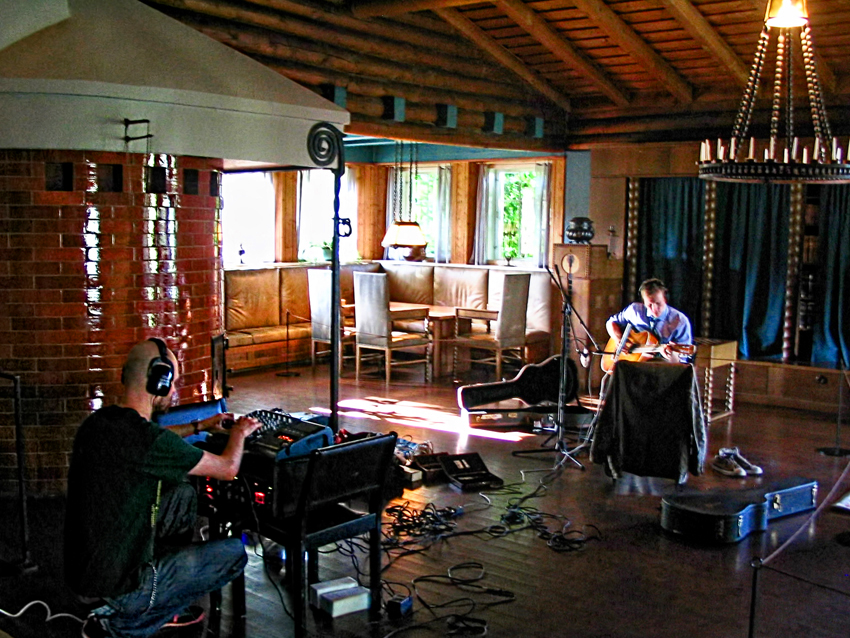
Hvitträsk
“Instead of using traditional studios, we prefer to grab our portable recorders and travel to where inspiring musicians, instruments, sounds and acoustics are located. So basically our recording studio can be anywhere.
“Here’s me taping Paul playing an acoustic guitar at the main hall of Hvitträsk, home for the legendary Finnish architects Eero and Eliel Saarinen. That’s my usual recording setup: our own prototype dual preamp Transistronika-2 (based on Soviet germanium transistors) driving a modified Tascam 424 Mk III c-cassette 4-track recorder.”
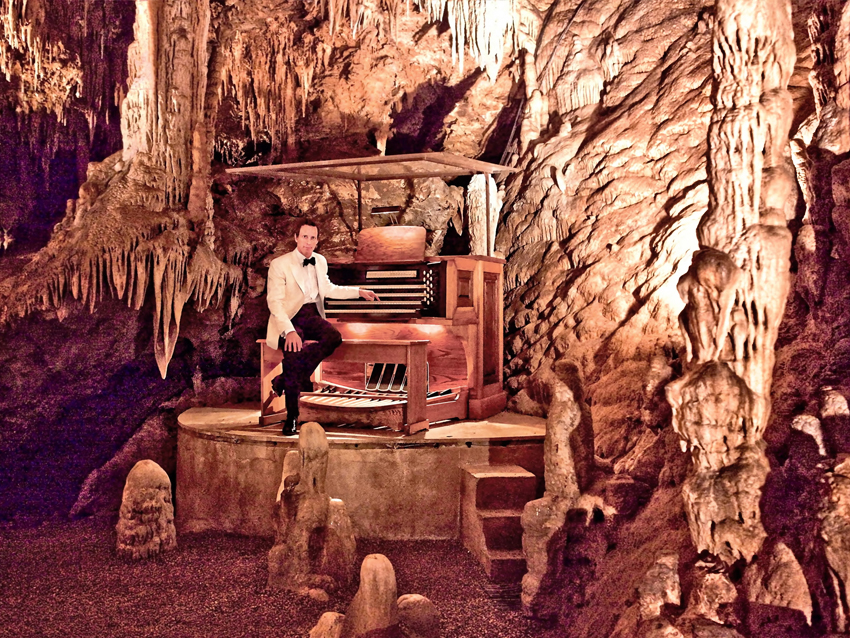
Paul and The Great Stalacpipe Organ
“There are plenty of unique instruments on our new album - everything from a Tesla Coil Synth to a Pneumatic Percussion Machine - but this is really the crown jewel: The Great Stalacpipe Organ.
“It is the largest musical instrument in the world, located in a huge cave deep down underground in Luray, Virginia. Instead of pipes it has several octaves of pipe organ console-controlled mallets that strike hand tuned stalactites! The Organ was recorded with Paul’s stereo Nagra, and the man himself was, as usual, dressed for the occasion.”
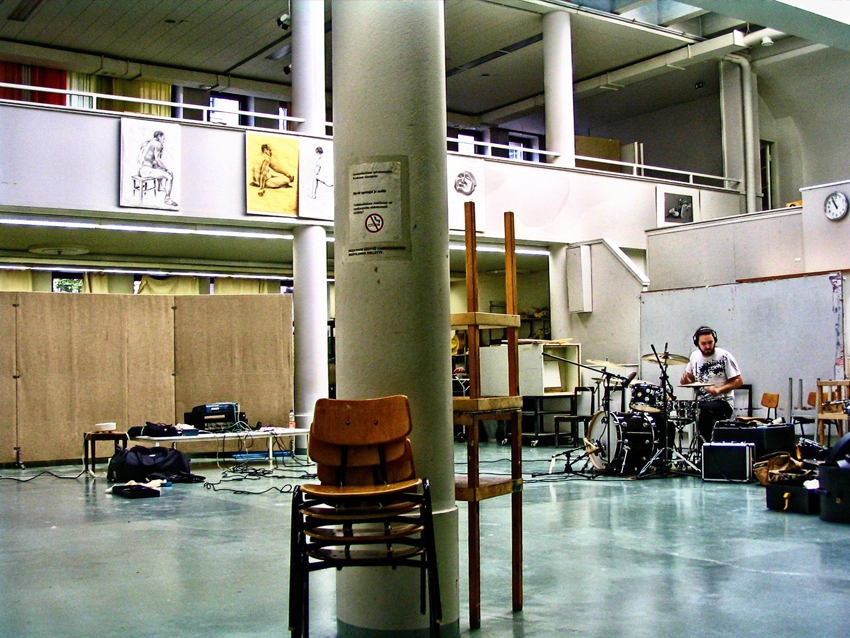
Art Centre Drums
“Markku Reinikainen, the Pepe live drummer, at the Art Centre of the Adult Education Centre. You can always add artificial reverb to drums, but there’s something magical about big rooms, the way the ambience reacts to and affects the playing.
“My current drum mikes are two modified T.Bone ribbons for toms, a cheapo Philips dynamic mike for snare and a combination of three speakers (with a mixer) as a kick mike. Naturally recording with a 4-track: you can’t beat tape for drum sounds.”
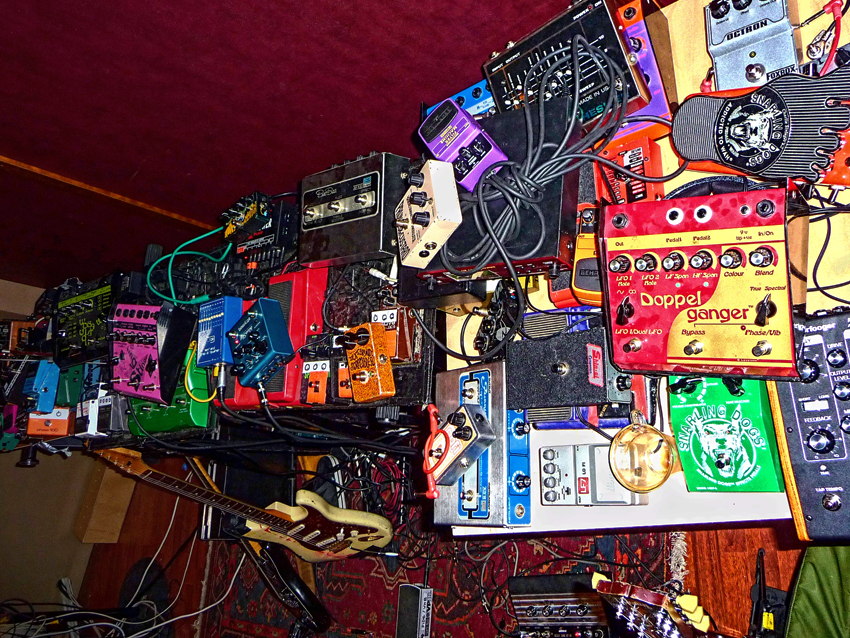
We've got some pedals...
“I love pedals. Ok I’m madly obsessed with pedals. That’s why I like to produce and mix other bands every now and then: that gives me the opportunity to try new combinations of sounds and effects.
“Here are the guitar pedals of the Finnish prog rock band Von Hertzen Brothers, plus part of my own collection, including a Shin-ei Resly Tone, Roland BeeBaa and Funny Cat, all Lovetone pedals and some custom made stuff too. Like Yngwie J. Malmsteen says: “More is more!” But I’m no pedal snob: sometimes the £10 Behringer Super Fuzz kills all my dozen-plus boutique fuzzes.”
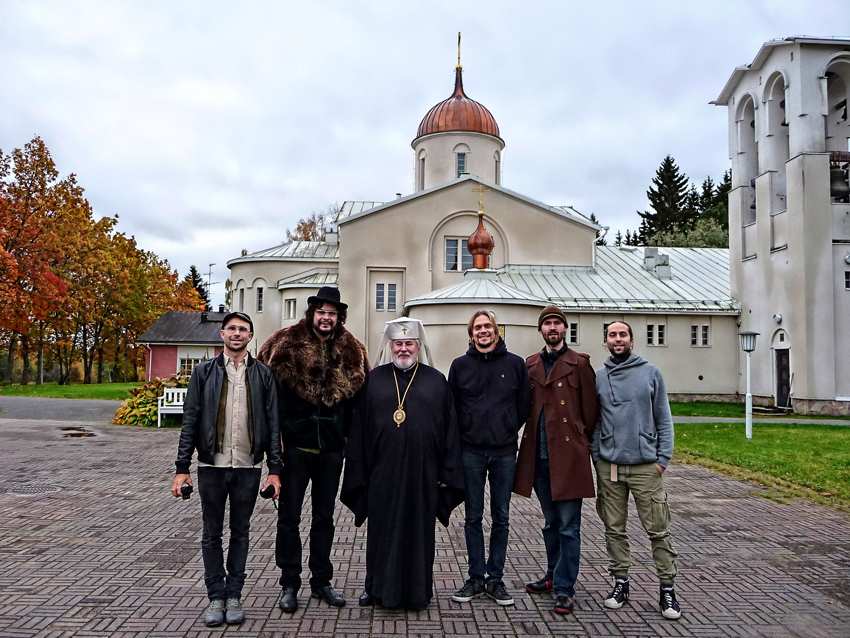
The Bells Of Valamo
“To record rare and unique instruments, you usually need three things: patience, politeness and good connections.
“Here’s me (second from the right), Von Hertzen Brothers, dynamite artist Kim-Peter Waltzer (the BIG guy) and His Beatitude the Most Reverend Archbishop Leo.
“I’m personal friends with Mr. Waltzer, who is personal friends with the Archbishop. And that’s how we got a permission to ring and record the monastery bells (one of four remaining sets in the world) and record harmony vocals in the church at midnight and glockenspiel at the monastery’s cemetery."
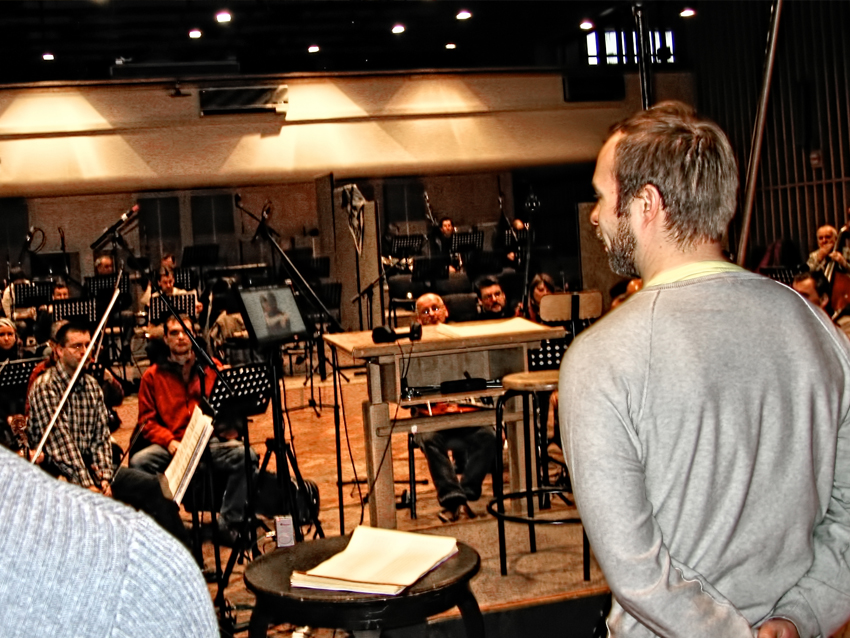
The Czech Film Orchestra
“If your budget is tight, classical musicians, especially larger groups, are usually too expensive to work with. But there are ways to work around that.
“What we did one the new album was that we helped a friend with a film score and exchanged a lot of small studio time for some big studio time. Here’s our keyboard wizard Ville Riippa giving some final instructions to the Czech Film Orchestra.“
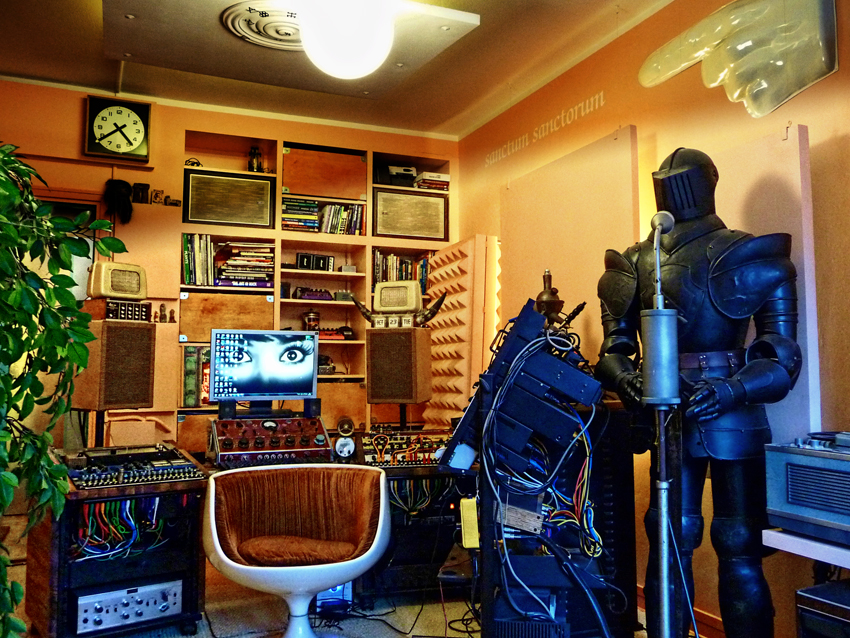
Sanctum Sanctorum
“Sanctum Sanctorum: it’s here where I spend the looong months of putting all the bits and pieces together and adding the magic dust and distortion to recordings.
“I’ve never been impressed by Pro Tools - I’ve always edited and mixed with either Nuendo or Cubase. I mainly mix “in the box” but with lots of external hardware.
“The mixer doubling as a monitor stand is heavily modified UTV-652, originally built by the Finnish national radio for the 1952 Helsinki Olympics. The big mike in front of the Black Knight is a 1930’s German Telwa. Notice the magic circle directly above the mixing chair.”
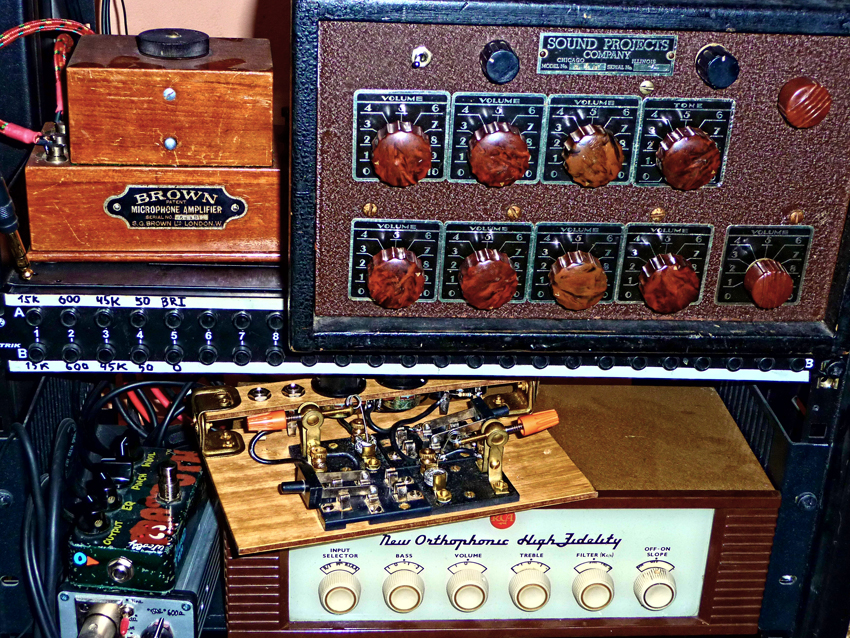
Some gear...
“Some gear: a Brown microphone amplifier, originally developed for World War I but mine is a later 1920’s model. A Sound Projects 8 to 1 tube mixer, modified into a stereo distortion limiter amplifier.
“RCA’s New Orthophonic High Fidelity Preamp, again modified - this is the model Joe Meek called “cooker”, and used especially for lead vocal processing.
“On top of it there’s “Fool’s Goldfinger”, a crystal radio technology-based passive saturator using on pyrite (also known as “fools gold”) to distort sounds smoothly. To the left of it the absolutely wonderful Z.Vex Mammoth bass fuzz.“
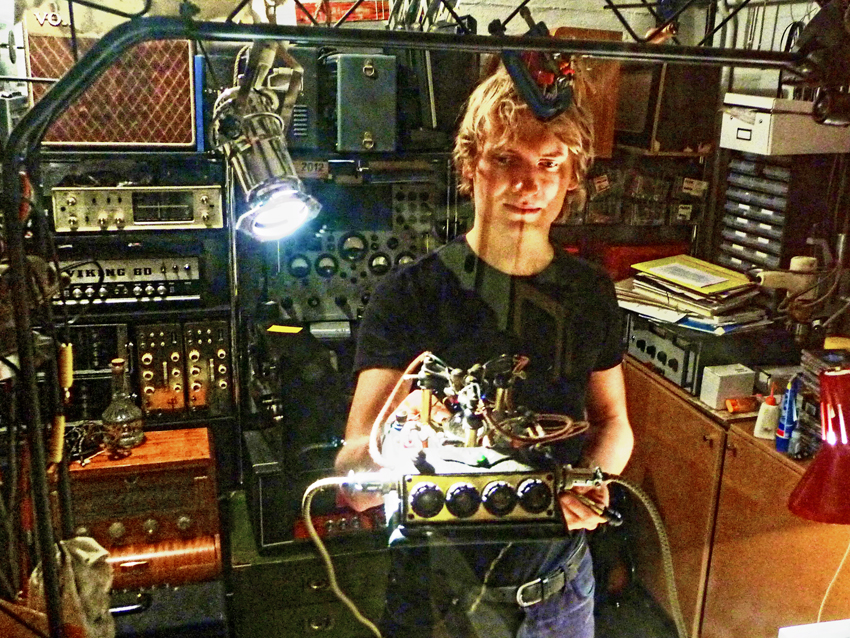
Joni Vesanen
“Studios are similar to race cars: you need to have at least one very good mechanic - someone who fixes, improves and even builds gear when needed.
“Here’s our main electronics genius, Joni Vesanen, holding an updated version of a tool called “Spectrumizer”. It was originally built for me by Victorian Machines, a small US company specialized in vintage electronics. Basically it converts sound to light and back to sound, so you can process audio signals with optical filters.”
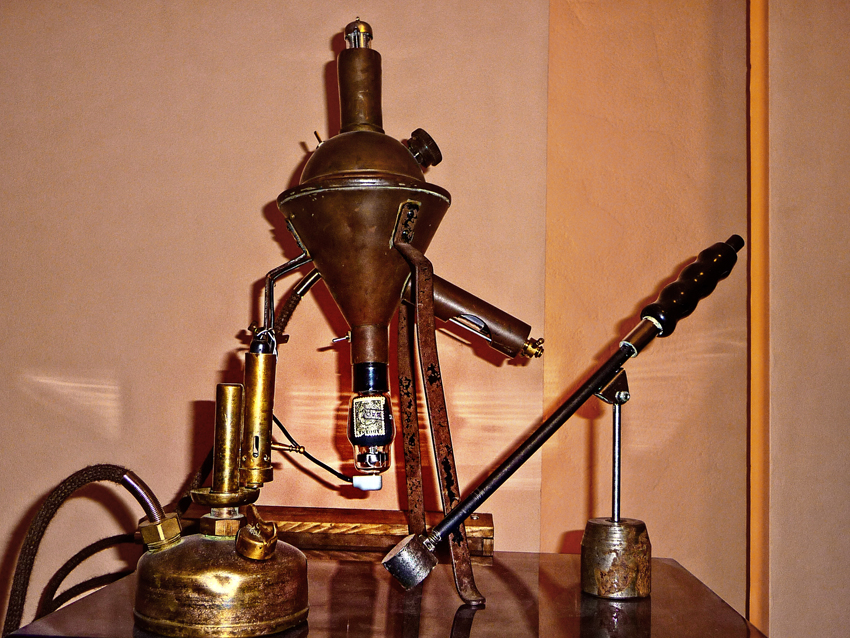
Aether Modulator
“Lately I’ve been inspired by Victorian and early 19th century electronics, and I have several studio tools using technology from that time.
“The “Aether Modulator” is based on Edison’s ghost hunting machines, something that the great inventor experimented with in the early 1920’s. We got the rough schematics from Victorian Machines and Joni built a studio version using and improving those ideas.
“Aether Modulator is an electro-magnetic transmitter with two very sensitive tube receivers and it creates unusual and chaotic filtering and distortion effects, often with strange added noises.”
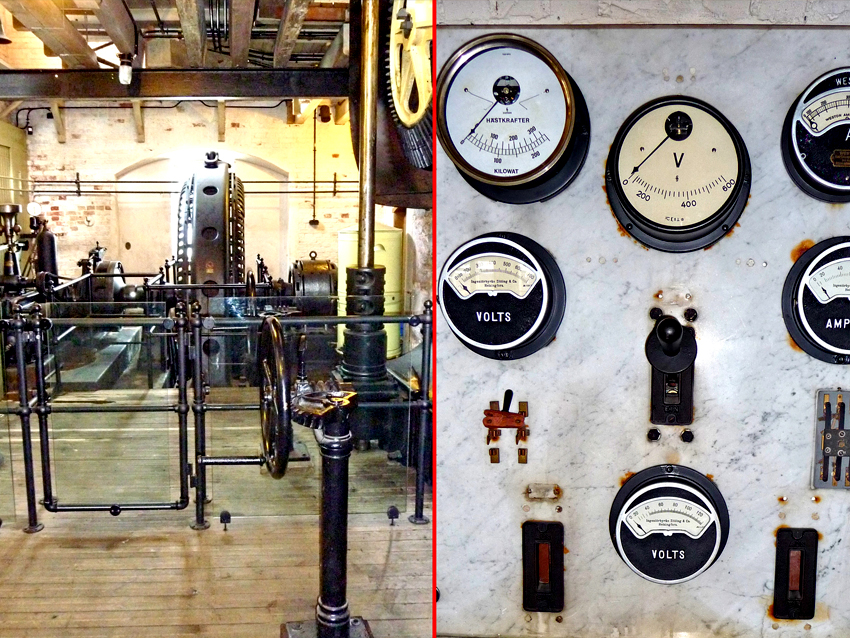
Museum Water Power
“All the toys at Sanctum Sanctorum are powered by a local, fully operational Museum Water Power Plant. It has turbines and a generator dating way back to 1910.
“I personally believe it’s an essential part of our sound: even our electricity’s been created with vintage equipment!”
Liked this now read: Me in my studio: producers show your their gear
I'm the Managing Editor of Music Technology at MusicRadar and former Editor-in-Chief of Future Music, Computer Music and Electronic Musician. I've been messing around with music tech in various forms for over two decades. I've also spent the last 10 years forgetting how to play guitar. Find me in the chillout room at raves complaining that it's past my bedtime.









